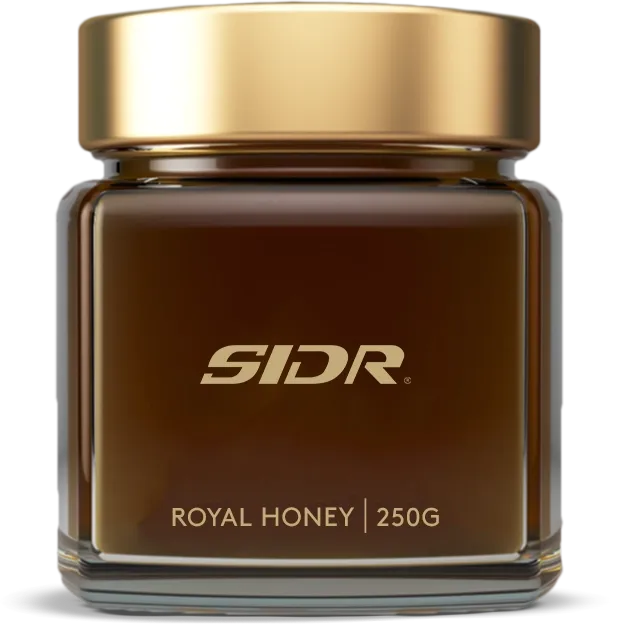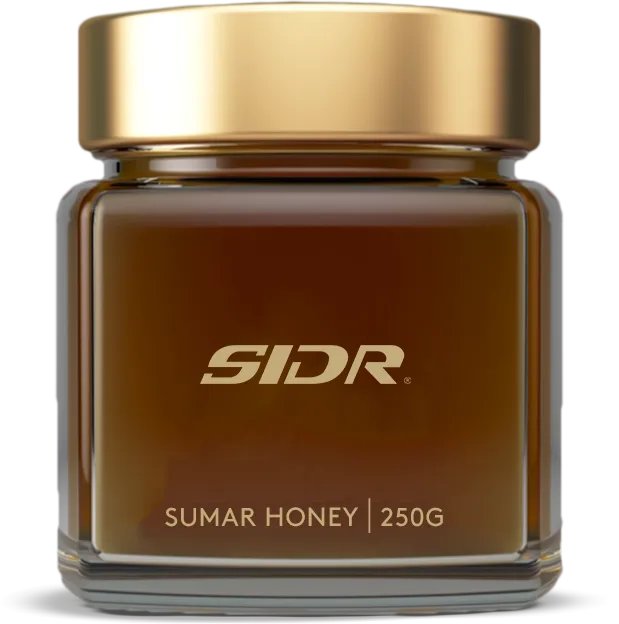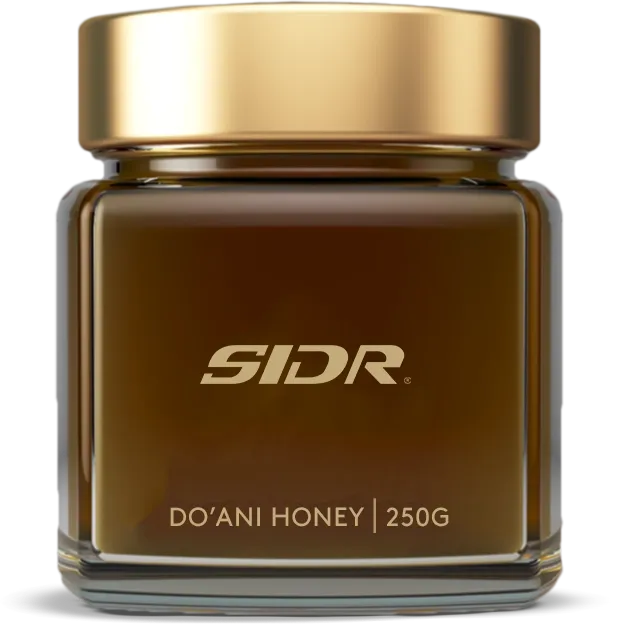How to cultivate a bee-friendly garden in your backyard?
Views: 2636In today's world, where the decline of bee populations poses a significant threat to our ecosystems, creating a bee-friendly garden in your backyard is not only a delightful hobby but also a crucial contribution to the environment. Bees play a vital role in pollinating plants, including many of our food crops.
By providing a welcoming habitat for these pollinators, you can support their populations while enjoying the beauty of a thriving garden. Here's how you can get started:
1. Choose Bee-Attractive Plants
Select a variety of flowering plants that bees love. Opt for native species whenever possible, as they are well-adapted to your local climate and soil conditions. Bees are particularly attracted to flowers with bright colors such as yellow, blue, and purple. Examples of bee-friendly plants include lavender, sunflowers, bee balm, coneflowers, and wildflowers.
2. Plan for Continuous Bloom
Ensure that your garden provides a steady supply of nectar and pollen throughout the growing season. Choose plants that bloom at different times of the year to offer food for bees from early spring to late fall. This continuous bloom will attract and sustain a diverse range of bee species in your garden.
3. Provide Shelter and Nesting Sites
Create nesting habitats for solitary bees by incorporating features like bee hotels, which consist of hollow reeds or bamboo tubes bundled together. Place these shelters in a sunny, sheltered spot in your garden. Additionally, leave some areas of bare, undisturbed soil for ground-nesting bees to excavate their nests.
4. Avoid Pesticides
Refrain from using chemical pesticides and herbicides in your garden, as these can harm bees and other beneficial insects. Instead, practice natural pest control methods such as companion planting, crop rotation, and handpicking pests. Embrace the presence of beneficial insects like ladybugs and praying mantises, which help keep pest populations in check.
5. Provide a Water Source
Bees need water not only for hydration but also for regulating the temperature and humidity of their hives. Create a shallow water source in your garden, such as a birdbath or a shallow dish filled with pebbles and water. Ensure that the water is clean and accessible to bees without posing a drowning risk.
6. Maintain a Diversity of Habitats
Incorporate a variety of landscape elements into your garden to attract a diverse array of bee species. Include features such as meadows, hedgerows, and flowering shrubs to provide different foraging and nesting opportunities. By creating diverse habitats, you'll support a healthy ecosystem and encourage a thriving bee population.
The Bottom Line
By following these steps, you can transform your backyard into a haven for bees and other pollinators. Not only will you enjoy the sight of vibrant flowers and the soothing hum of bees, but you'll also play a crucial role in preserving biodiversity and supporting food production. So roll up your sleeves, dig in the dirt, and join the effort to create bee-friendly gardens one backyard at a time.
you may also try
didn’t get the answer you were looking for?
contact us


